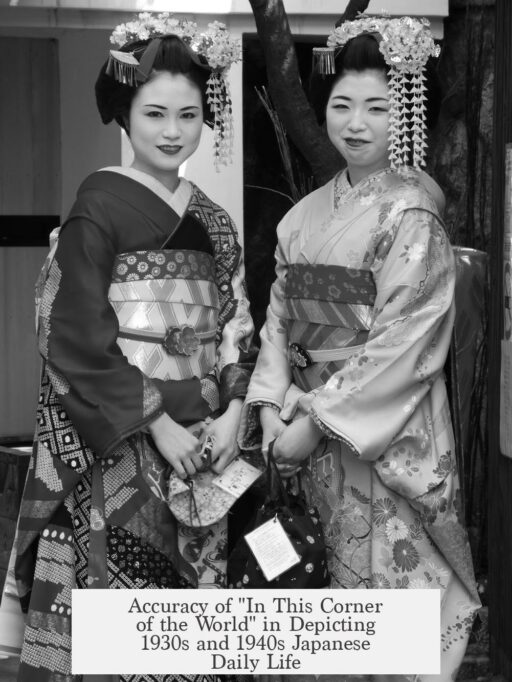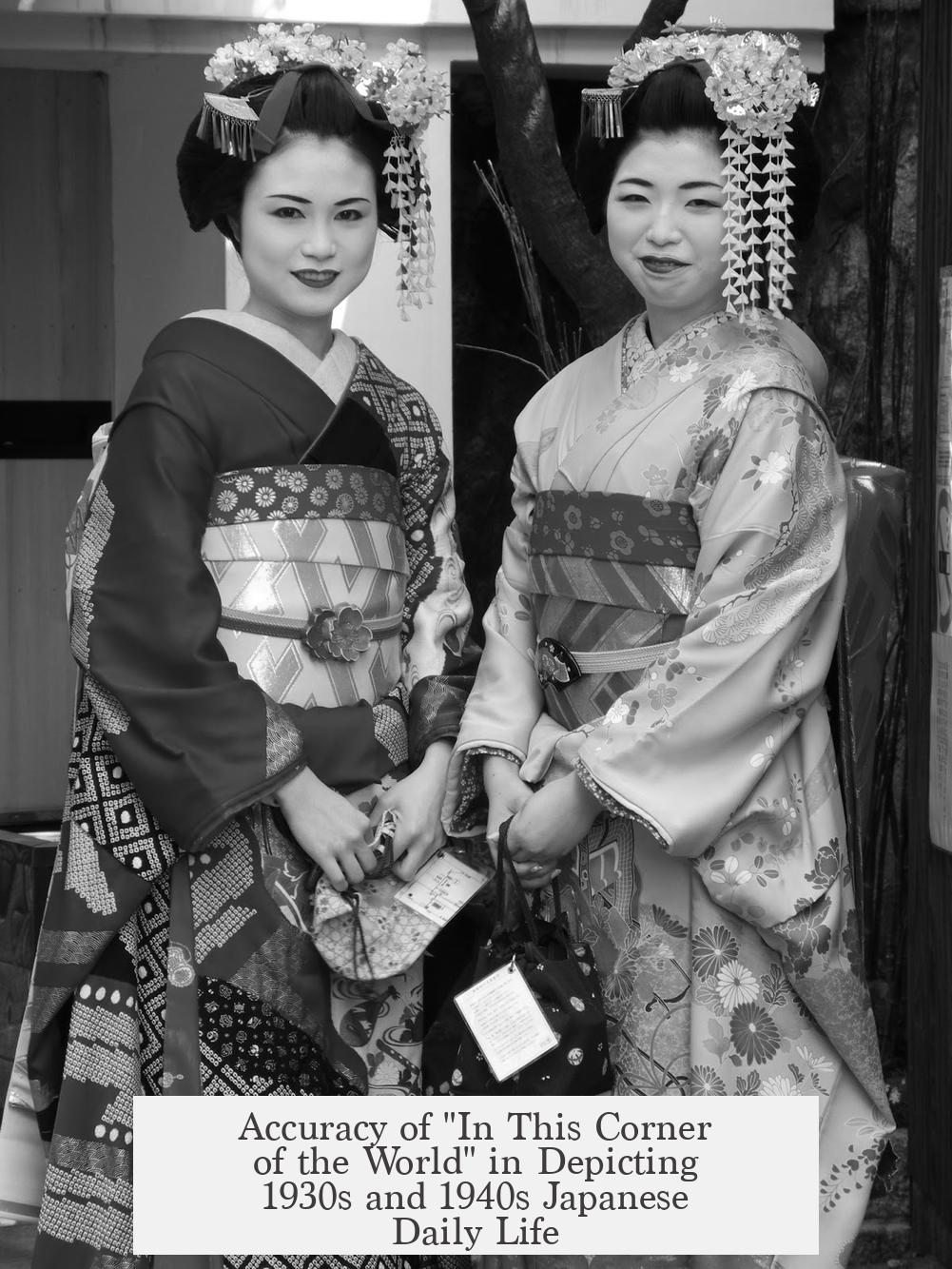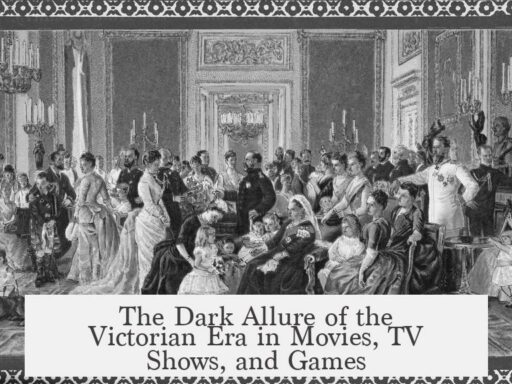The film “In This Corner of the World” portrays everyday life in 1930s-40s Japan with considerable accuracy, especially regarding marriage customs and social norms. It reflects the era’s common practices and family dynamics faithfully, capturing the tension between tradition and personal desires.
During this period, arranged marriages dominate Japanese society. The legal framework under the Empire’s Civil Code requires the head of the household, usually the father, to approve marriages. Rather than personal unions, marriages function as contracts between families. Fathers held significant power to decide their children’s matches, often influenced by economic and social advantages.
The film accurately illustrates this reality. Suzu’s marriage aligns with the typical arranged marriage common before the 1950s. Social interaction between young men and women remains limited, leaving parents’ decisions mostly unquestioned. This reflects public attitudes at the time, where children rarely chose spouses independently.
However, the story also touches on instances of conflict when individuals attempt self-selected marriages. Shusaku’s desire to marry Rin, a prostitute, faces paternal rejection. His compromise—to marry a girl he barely knows—highlighted in the film’s expanded version, reveals the era’s complexities and familial pressures. This scenario represents the struggles between personal affection and rigid social expectations.
The film’s depiction extends beyond marriage. It subtly conveys everyday struggles during wartime Japan, emphasizing women’s roles within family and society. The detailed portrayal of daily life, from domestic chores to social norms, enriches the historical context.
- Marriages often arranged and approved by household heads.
- Parental decisions override children’s preferences.
- Limited interaction between sexes in youth fosters acceptance of arranged marriages.
- Conflicts arise when individuals seek self-selected spouses, as depicted with Shusaku’s story.
- The film captures broader social and wartime realities accurately.
Overall, “In This Corner of the World” provides a nuanced and well-researched view of life in Japan during the 1930s and 40s. It balances documentary detail with emotional storytelling, making it a reliable cultural resource.




